Anatomy Of A Swell, Teahupo’o May 2013
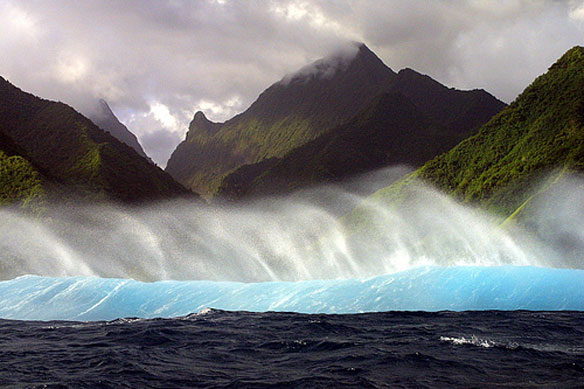
Kevin Wallis and the Surfline team investigate the most recent monster swell at the End Of The Road, Teahupo’o, Tahiti.
Australia’s Aboriginals
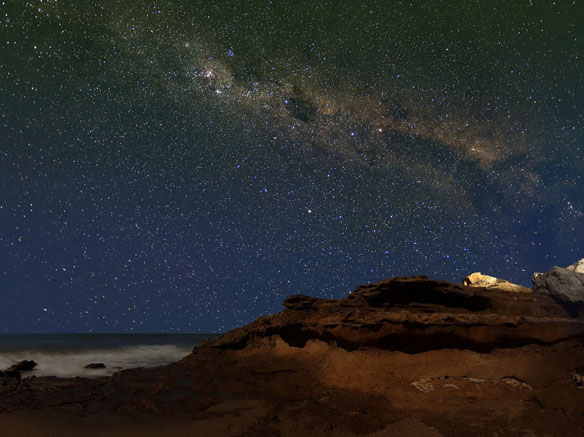
Aboriginals had the continent to themselves for 50,000 years. Today they make up less than 3 percent of the population, and their traditional lifestyle is disappearing. Almost.
Expedition to Study Ancient Continental Breakup West of Spain
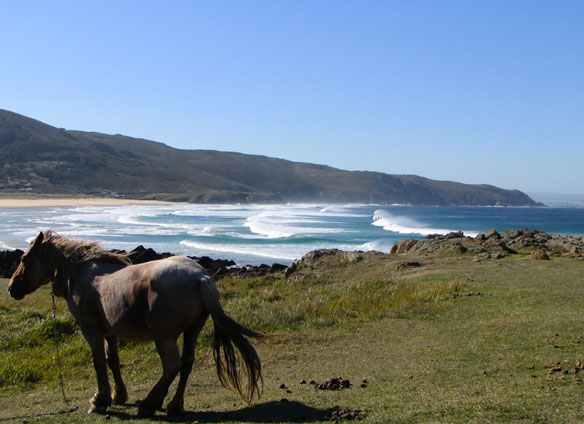
About 250 million years ago, Spain and Newfoundland in Canada were connected as part of a larger continent. Then around 220-200 million years ago, the continental crust in between began to spread apart, exposing the mantle beneath and eventually forming new oceanic crust by volcanic activity.
NOAA Report Examines National Oil Pollution Threat From Shipwrecks
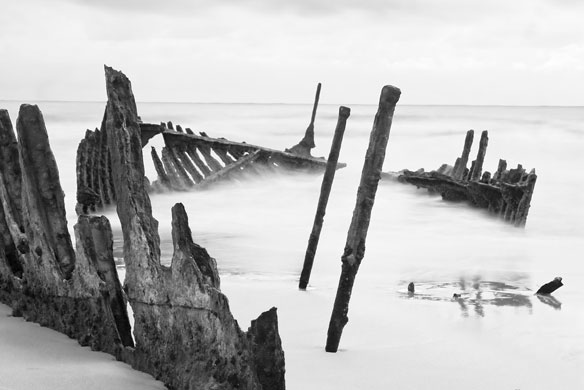
NOAA presented to the U.S. Coast Guard a new report that finds that 36 sunken vessels scattered across the U.S. seafloor could pose an oil pollution threat to the nation’s coastal marine resources.
Pavlof Volcano, Alaska Peninsula, In Pictures
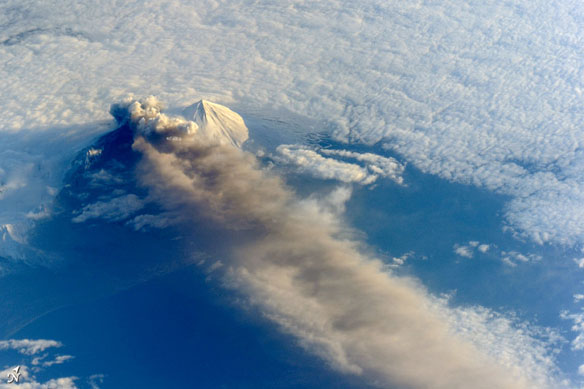
Situated in the Aleutian Arc about 625 miles (1,000 kilometers) southwest of Anchorage, Alaska’s Pavlof Volcano began erupting on May 13, 2013. It is the third time this century, that Pavlof Volcano is erupting.
Oyster Shells Are an Antacid to the Oceans
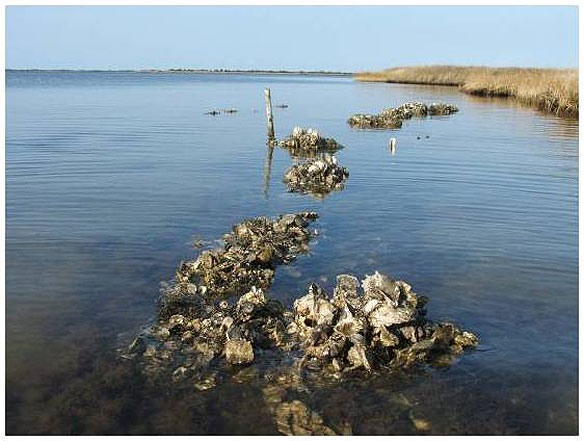
By studying oyster populations in relation to acidity levels, a team of researchers has concluded that oysters, particularly their shells, can play a significant role in reducing the increasing ocean’s acidity…
Ice in Motion
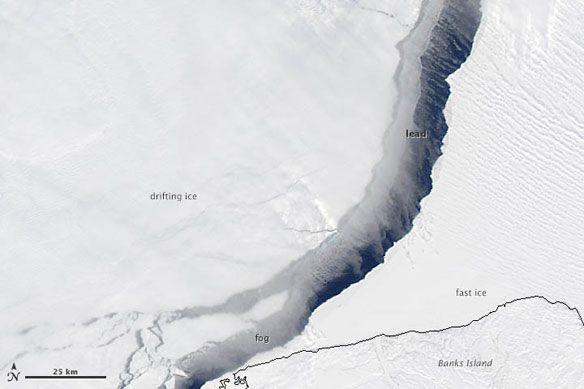
Maps and visualizations of the Arctic often give the impression that the ice cap is a continuous sheet of stationary ice. It is actually a collection of smaller pieces that constantly shift, crack, and grind against one another as they are jostled by winds and ocean currents.
GPS Solution Provides Three-Minute Tsunami Alerts
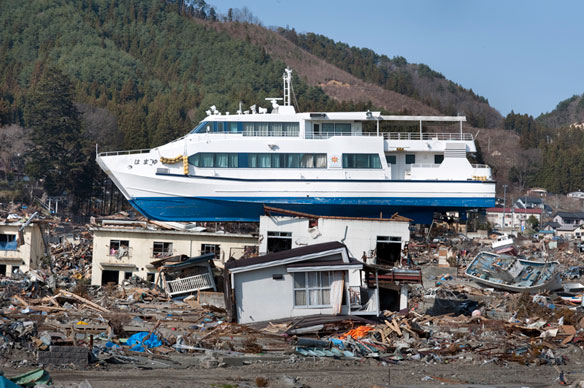
Researchers have shown that, by using global positioning systems (GPS) to measure ground deformation caused by a large underwater earthquake, they can provide accurate warning of the resulting tsunami in just a few minutes after the earthquake onset.
Research Helps Paint Finer Picture of Massive 1700 Earthquake and Tsunami
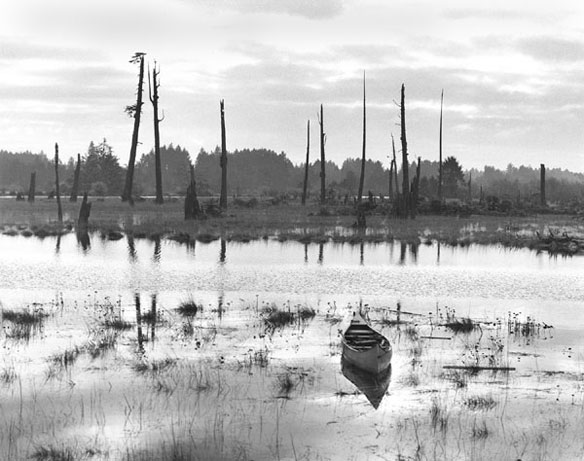
Researchers’ work provides a finer-grained portrait of a 1700 massive earthquake that struck the west coast of North America, and the changes in coastal land level it produced, enabling modelers to better prepare for future events.
